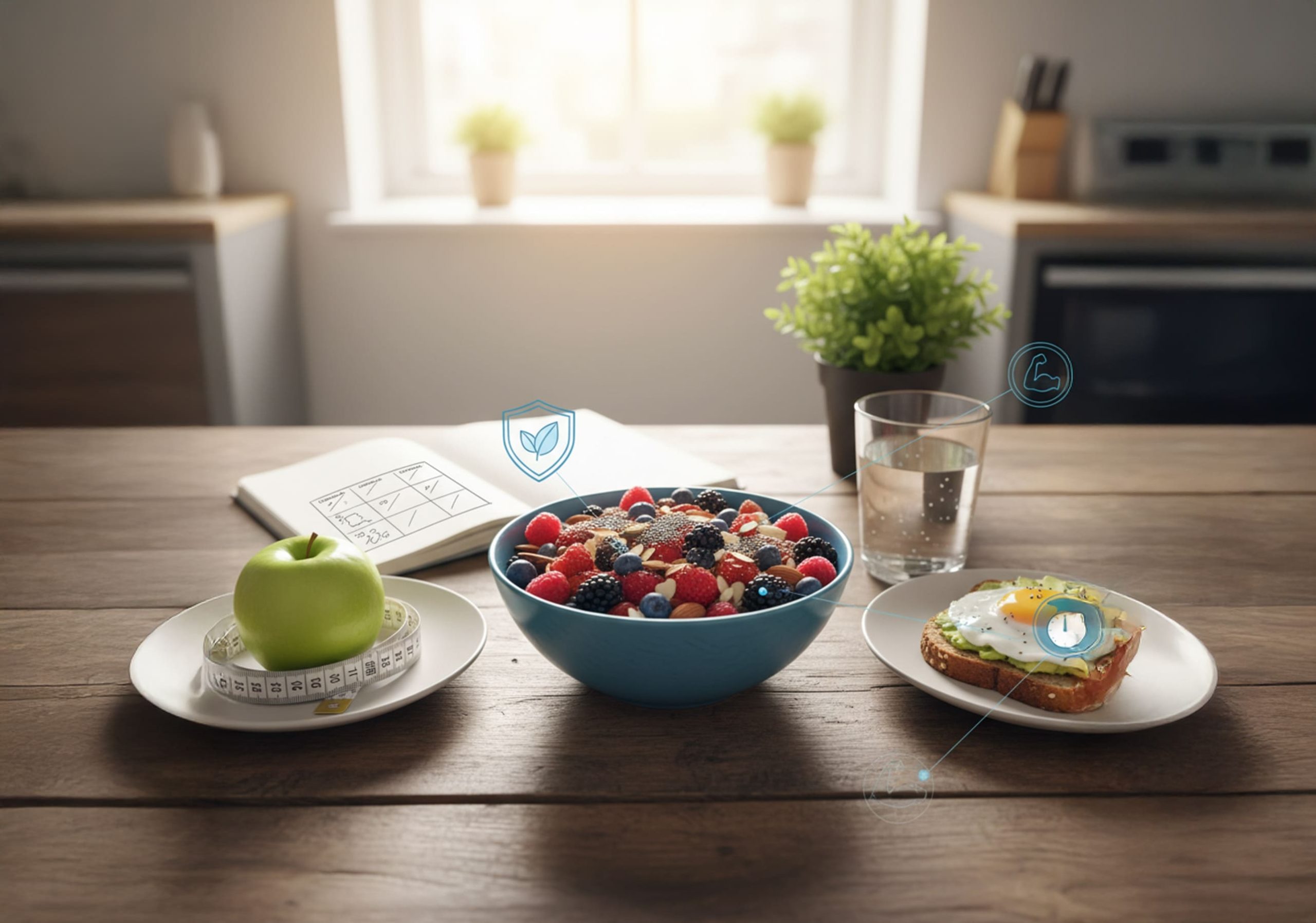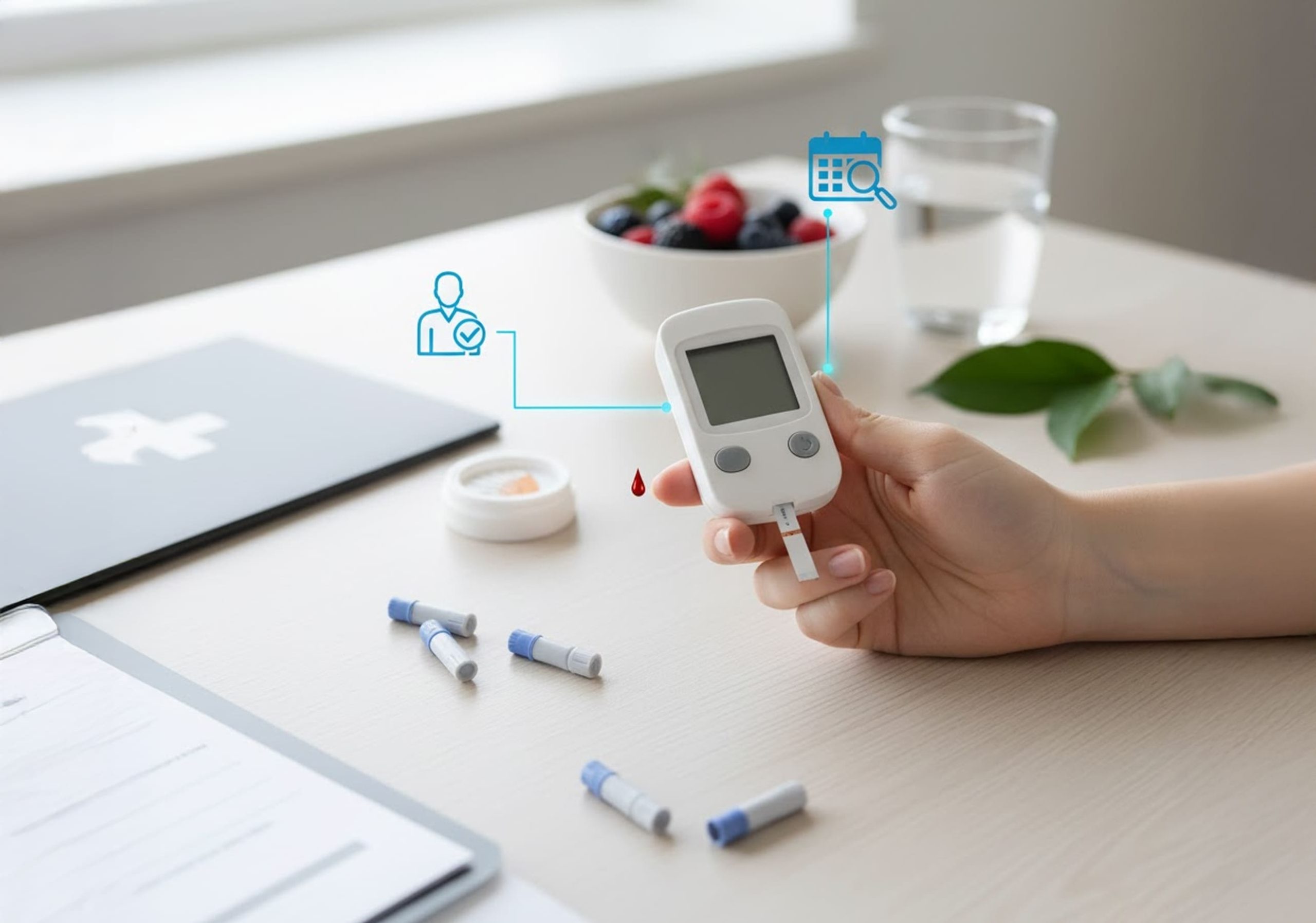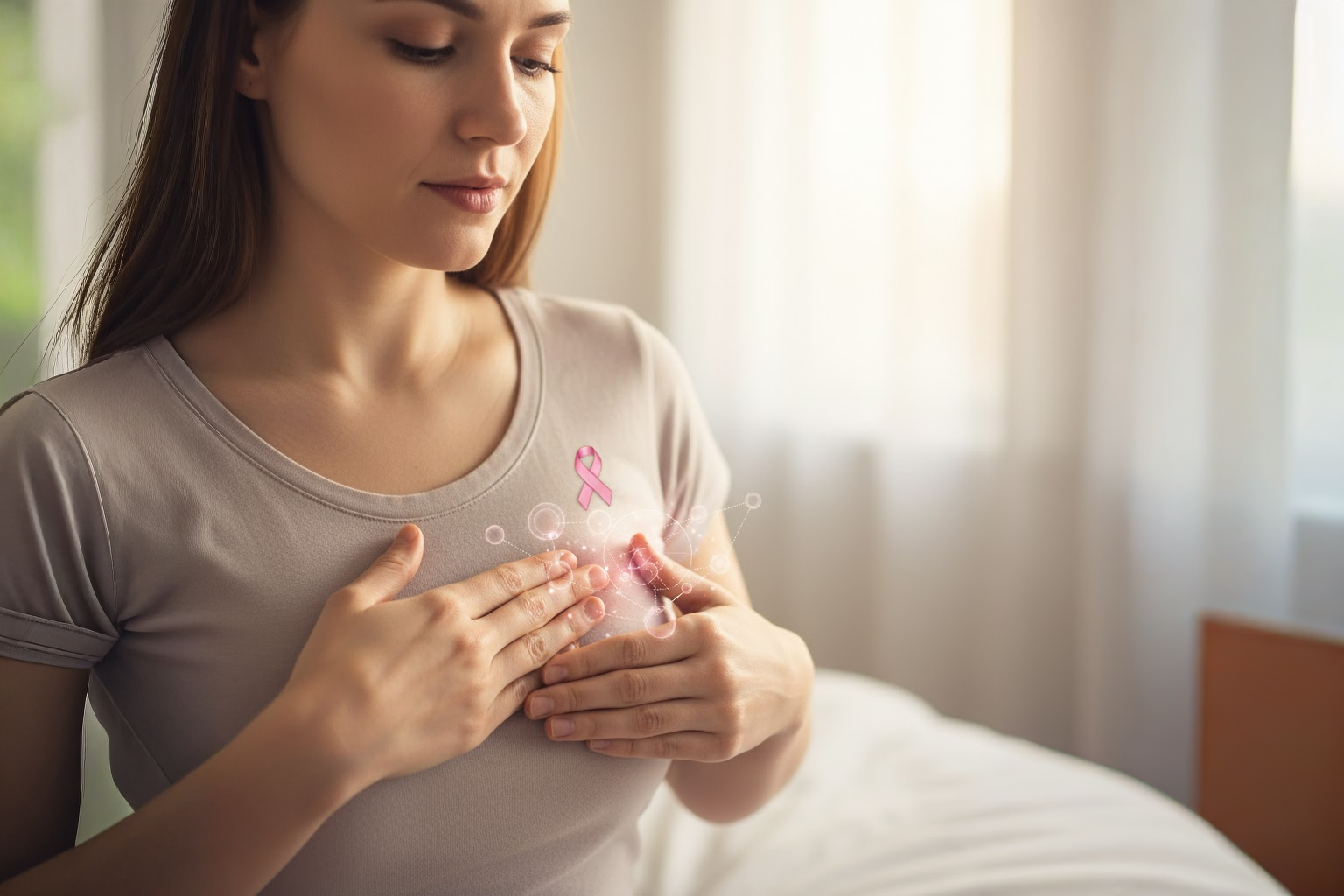Managing diabetes can sometimes feel like a balancing act — but the right diet and nutrition can transform the challenge into something manageable. This comprehensive guide breaks down everything you need to know about creating a diabetes-friendly diet: what to eat, what to avoid, and how to build healthy habits that last.
Understanding Diabetes
Diabetes is a chronic condition that affects how your body converts food into energy. After you eat, your body breaks down most of the food into glucose (sugar), which enters your bloodstream.
When your blood sugar rises, the pancreas releases insulin, a hormone that helps move glucose into your cells for energy.
If you have diabetes, your body either doesn’t make enough insulin or can’t use it effectively — leading to high blood sugar levels. Over time, this can cause damage to the heart, kidneys, eyes, and nerves.
Importance of Diet & Nutrition in Diabetes Management
Your diet plays a central role in controlling blood sugar levels and preventing complications.
A well-balanced diabetes diet can:
- Maintain steady blood glucose levels
- Support healthy weight management
- Lower cholesterol and blood pressure
- Improve energy levels and overall wellbeing
Food is powerful medicine. The key is learning which foods work for your body — and which ones don’t.
Nutritional Guidelines for Diabetes
Healthy eating doesn’t have to be complicated. The right nutrition choices can make a major difference in how you feel every day and how effectively you manage diabetes.
1. Carbohydrates
Carbs have the biggest and most immediate impact on blood sugar levels. Choose high-fiber, complex carbohydrates instead of refined ones to help keep glucose steady.
Smart choices include:
- Whole grains (brown rice, quinoa, oats)
- Legumes (lentils, beans)
- Non-starchy vegetables (broccoli, spinach, peppers)
- Fruits in moderation (berries, apples, citrus)
Limit: White bread, sugary cereals, sweets, and sodas.
2. Fats
Not all fats are bad — but choosing the right kind matters.
Healthy fats support heart health and help your body absorb vitamins.
Best options:
- Avocados
- Olive oil
- Nuts and seeds
- Fatty fish (salmon, tuna, mackerel)
Avoid: Trans fats (found in fried foods and packaged snacks) and excess saturated fats (from red meats or butter).
3. Proteins
Protein is essential for muscle repair, hormone balance, and keeping you full longer.
Great protein sources:
- Fish and poultry
- Eggs
- Tofu and tempeh
- Legumes and beans
Try to combine protein with carbohydrates in meals to slow glucose absorption and stabilize blood sugar.
Foods to Avoid with Diabetes
Some foods make blood sugar harder to control and can increase your risk of complications. Cutting back on these will make managing diabetes much easier.
- Sugary drinks: Soda, sweetened coffee, fruit juices, and energy drinks cause rapid blood sugar spikes.
- Trans fats: Found in processed and fried foods, they raise “bad” LDL cholesterol and lower “good” HDL cholesterol.
- Refined carbs: White bread, pasta, and rice can cause sharp rises in blood sugar.
- Processed meats: Bacon, sausage, and deli meats increase inflammation and heart risk.
- Full-fat dairy: Can raise cholesterol and add unnecessary calories.
Choose whole, minimally processed foods whenever possible — your blood sugar (and body) will thank you.
Best Diet for Managing Diabetes
The best diet for managing diabetes is one that’s balanced, nutrient-dense, and easy to sustain. It’s not about restriction — it’s about making smart, consistent choices.
Key Principles
- Eat Regular Meals
- Don’t skip meals; it can lead to dips and spikes in blood sugar.
- Try to eat at consistent times daily.
- Add More Fiber
- Fiber slows sugar absorption and helps prevent glucose surges.
- Aim for 25–35 grams of fiber per day from vegetables, whole grains, and legumes.
- Stay Hydrated
- Water helps flush excess sugar from your bloodstream.
- Avoid sugary drinks and limit alcohol.
- Control Portions
- Use smaller plates to manage portion sizes.
- Half your plate should be non-starchy vegetables, one-quarter lean protein, and one-quarter complex carbs.
- Balance is Better than Elimination
- No food is entirely off-limits, but moderation is key.
- Occasionally enjoy your favorite foods in small portions.
Sample Diabetes-Friendly Meal Plan
Here’s an example of a balanced day of eating for someone managing diabetes:
- Breakfast: Scrambled eggs, whole-grain toast, and sliced avocado
- Snack: Greek yogurt with a handful of berries
- Lunch: Grilled chicken salad with olive oil dressing
- Snack: A small apple with peanut butter
- Dinner: Baked salmon, quinoa, and steamed broccoli
This plan includes a balance of fiber, lean protein, and healthy fats — all of which promote stable blood sugar throughout the day.
FAQs
What is the best diet for diabetes?
The best diet is one rich in whole foods — including vegetables, fruits, lean proteins, and whole grains — while low in added sugars and refined carbs.
What foods should I avoid if I have diabetes?
Avoid sugary drinks, processed foods, and refined carbs like white bread and pasta. Stick to foods that are low on the glycemic index.
How does diet affect blood sugar levels?
The types and amounts of carbohydrates you eat directly affect blood sugar. Balanced meals with fiber and protein help keep glucose levels steady.
Can I eat fruit if I have diabetes?
Yes — but choose high-fiber, lower-sugar fruits like berries, apples, or pears, and keep portions moderate.
Conclusion
Managing diabetes doesn’t have to be restrictive — it’s about making informed choices that support your health. A consistent, balanced diet rich in whole foods can help you maintain energy, stabilize blood sugar, and prevent complications.
Start small: swap refined carbs for whole grains, choose water over soda, and add more vegetables to your meals. Over time, these small shifts create lasting results.
Take control of your health today with a smarter, more mindful approach to food.














